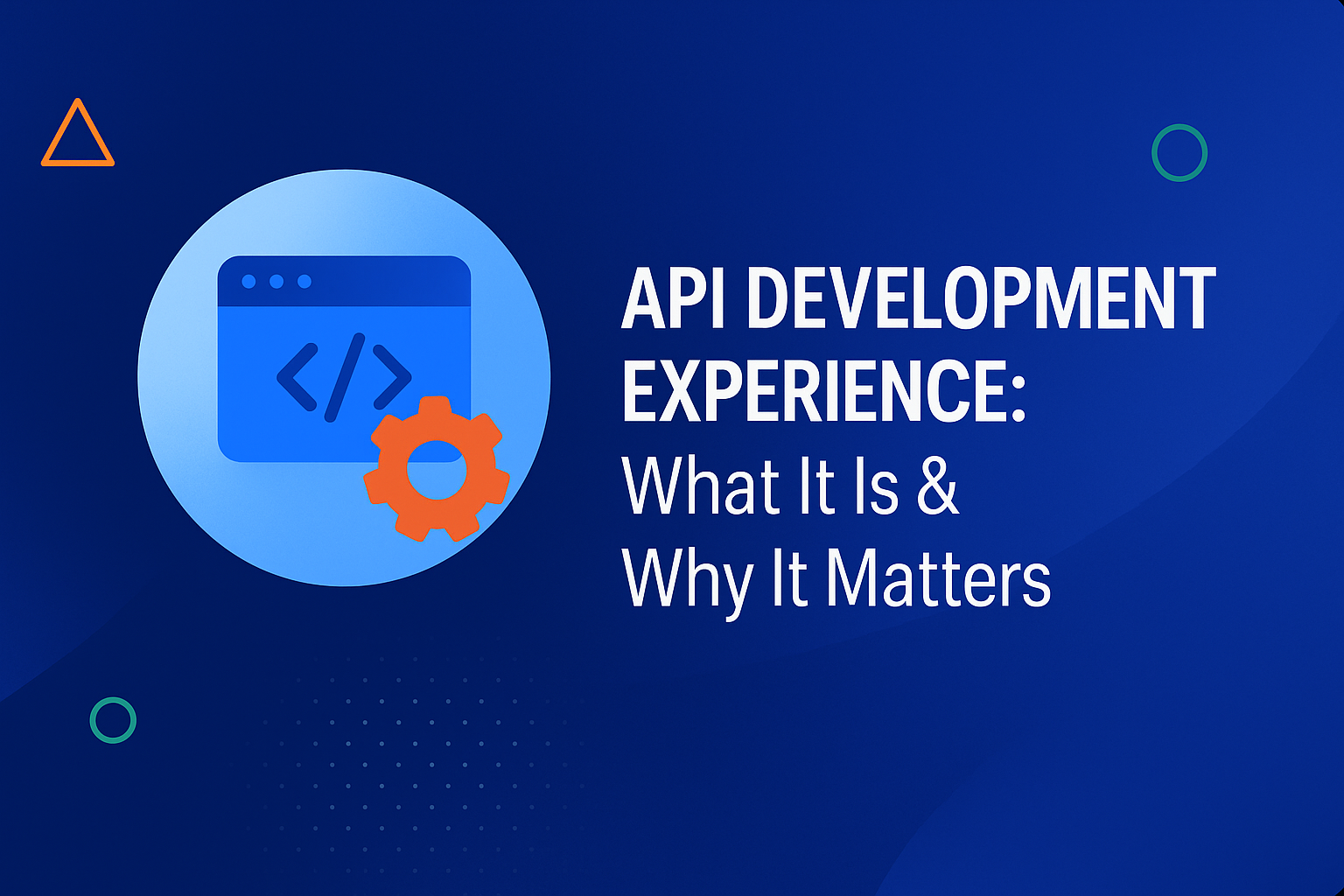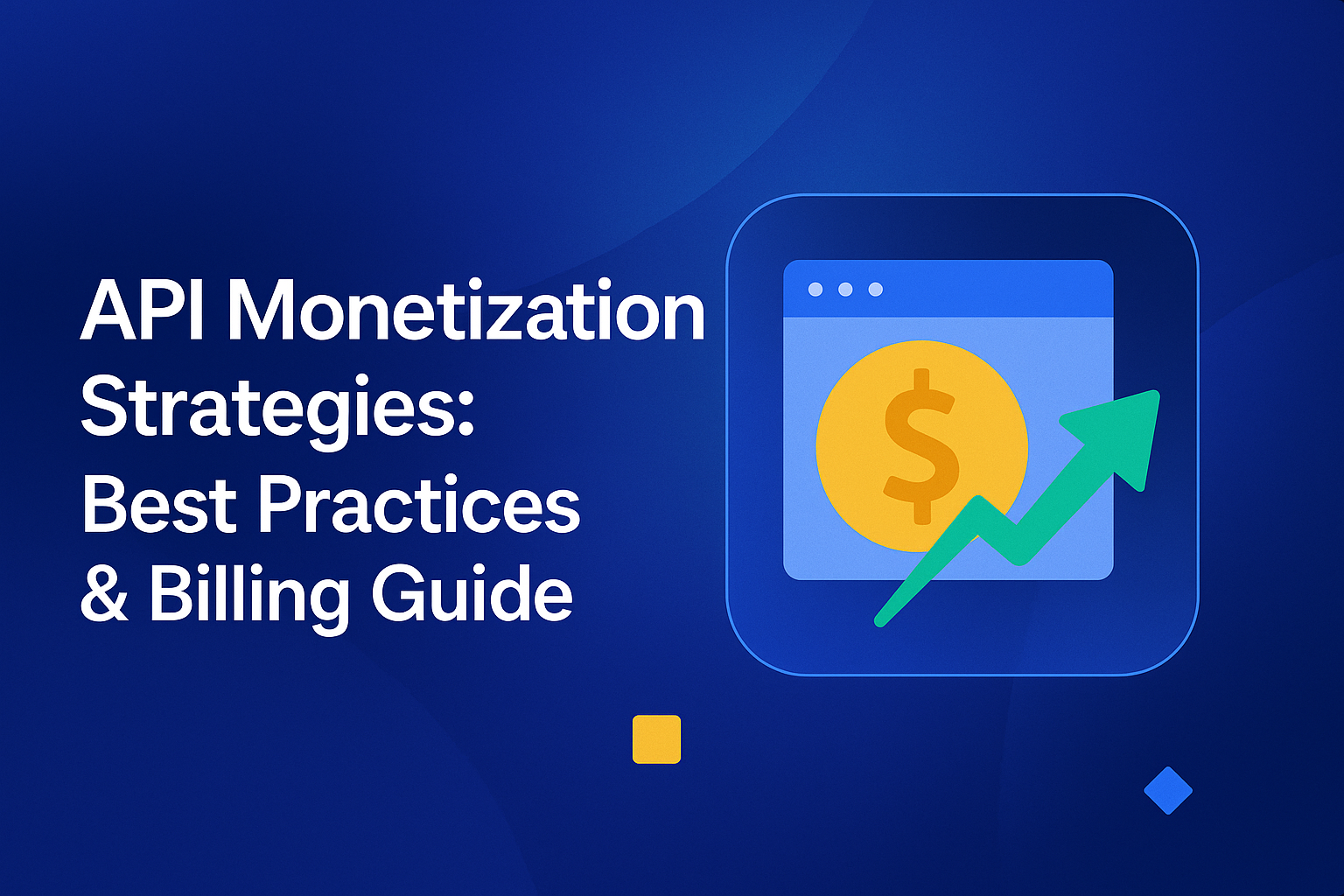
In travel and hospitality, APIs are no longer just integration tools; they’re business drivers. Behind every smooth booking or real-time room rate update lies an API quietly connecting systems and partners. These APIs handle data, pricing, and transactions that define customer experience at scale.
As they evolve into commercial gateways, aggregators and online travel agencies (OTAs) now depend on them for direct service access. This shift has made monetizing travel and hospitality APIs a strategic priority, but doing so requires reliability, governance, and operational readiness.
This blog explains how to identify which APIs create real value and monetize travel and hospitality APIs without compromising performance or trust.
Understanding API monetization in travel & hospitality
API monetization in travel and hospitality refers to generating revenue by exposing services like bookings, availability, and loyalty through partner-accessible APIs. These APIs enable airlines, hotels, and aggregators to extend their services to OTAs, travel agencies, and third-party platforms. It can involve direct billing or indirect value through increased reach and conversions.
More often than not, providers use a hybrid model that combines multiple revenue streams, such as subscriptions, pay-per-use, or transaction-based fees, depending on partner type and use case.
How monetization works across travel and hospitality APIs
API monetization depends on the service type, billing method, and how partners or resellers consume each integration. Here’s how it usually works:
- Metered usage: APIs like fare search or seat availability are charged based on the volume of calls made or data requests made, often with tiered pricing or rate limits to prevent overuse.
- Transaction-linked pricing: Booking and upgrade APIs often follow per-transaction fees tied to confirmed purchases.
- Partner-specific billing: Some APIs use custom pricing models based on geography, frequency, or client tier.
- Affiliate commissions: APIs for tours, transfers, or insurance monetize through revenue-sharing or downstream booking commissions, where partners earn a share for completed reservations.
- Loyalty and personalization APIs: Access is restricted, but these APIs support higher-margin services and customer retention.
- Usage reporting and tracking: Accurate metering supports billing enforcement, partner audits, and tiered service-level agreements.
Technical and business constraints that shape API monetization
Monetizing APIs requires more than pricing logic. Infrastructure, legal context, and partner-specific variables often limit how access is offered.
Here’s what to consider before exposing APIs:
- Access control: Each API should define which partners can access which capabilities under what scope, using mechanisms like role-based access control (RBAC) or partner-level entitlements.
- Authentication: Secure endpoints require OAuth2 flows, expiring tokens, and dynamic key management at scale.
- Rate limiting: Platforms must throttle access by partner tier, client ID, or geography to avoid overload.
- Data sensitivity: Certain APIs carry PII, pricing logic, or loyalty rules that demand strict handling and masking for securing APIs.
- Partner-specific logic: Some clients may require custom filters, language settings, or region-specific inventory exposure.
- Compliance and auditability: Monetized APIs must log usage, support dispute workflows, and meet regulations like GDPR or PCI-DSS.
Identifying high-value API endpoints
High-value API endpoints expose differentiated services, support revenue outcomes, or solve critical partner use cases at scale. Identifying them requires clear usage signals, internal alignment, and strong governance around access and delivery.
The following principles and metrics outline how to identify endpoints effectively:
Core principles for high-value API endpoints identification
High-value endpoints combine business impact with technical significance. Their identification usually revolves around:
- Business relevance: Endpoints tied to key revenue flows, customer touchpoints, or core service logic, such as /payments or /orders/create.
- Usage analytics: Endpoints with sustained high call volumes, dependency frequency, or concurrency peaks often carry greater weight.
- Operational criticality: Some endpoints, like authentication or billing APIs, remain vital even with low traffic, due to their system-wide importance.
Quantitative metrics to evaluate endpoint value
Data-backed evaluation brings objectivity to endpoint prioritization. Use metrics drawn from API monitoring tools, logs, and BI systems:
- Request frequency and latency patterns: High frequency and low-latency demand signal business-critical traffic. Analyzing latency deviation and percentile metrics (P95, P99) provides clearer insight into real-world responsiveness and user experience consistency.
- Error rate and uptime: Frequent failures or slow responses reveal pain points in key workflows. Tracking SLAs and mean time to recovery (MTTR) helps quantify reliability.
- Revenue contribution per call: Useful when APIs are monetized or directly support transactions, showing cost-to-value alignment across endpoints.
- Dependency mapping: Endpoints consumed across internal products or external partners reflect broader ecosystem value.
Qualitative dimensions of endpoint value
Metrics don’t always capture strategic context. Qualitative review ensures alignment with product, user, and developer priorities.
- Strategic alignment: Endpoints that underpin core product experiences or new business models hold high intrinsic value.
- Developer adoption: Endpoints widely integrated by third parties or internal teams indicate reliability and trust.
- Onboarding experience: Endpoints with strong documentation and predictable behavior shorten developer time-to-value.
Tools and methods for endpoint analysis
Endpoint analysis combines analytics with contextual intelligence. Modern API management ecosystems make this process faster and more precise.
- API management platforms: Platforms like DigitalAPI’s API management platform surface top endpoints through usage and error analytics.
- Monitoring tools: Datadog, New Relic, and similar observability solutions link endpoint health to performance SLAs.
- Business dashboards: Billing, monetization, and consumption data reveal which endpoints drive growth or operational dependency.
Leveraging industry-specific APIs
Airlines, hotels, and travel platforms use domain-focused APIs to extend capabilities beyond direct sales. These APIs connect trusted partners with live data and automated workflows that generate new revenue streams.
Here are the industry-specific APIs that enable monetization:
Airline APIs and monetization through transactional flows
Airline APIs offer strong monetization potential across the travel stack. These APIs support high-demand workflows like flight search, fare rules, booking, and payment across global and regional carriers.
Common monetization-ready capabilities:
- Fare search and comparison: Endpoints like /airfare or /flightmatrix are heavily queried and tied to dynamic pricing models.
- Flight booking and seat maps: Inventory access supports service markups, seat selection fees, and bundled upgrades.
- Cancellation and reissue flows: These power refund automation, dynamic penalty calculations, and rebooking charges.
- NDC-specific content: Airlines expose personalized bundles and exclusive fares through Offer and Order APIs.
- Operational updates: Disruption alerts, live tracking, and schedule changes can drive premium support models.
Monetization often depends on usage-based pricing, seat upgrade conversions, and integration with GDS platforms or NDC partners.
Hotel APIs and rate distribution to partner ecosystems
Hotel APIs offer versatile monetization across search, booking, personalization, and property-level services. They expose deep inventory and help tailor user experiences across OTAs, corporate tools, and meta-search engines.
High-value capabilities to monetize:
- Property search and filters: Endpoints that support location, amenities, or rating filters (e.g., /properties/search) are frequently used in trip planning.
- Room availability and pricing: APIs that check live inventory and rates by room type often tie into loyalty pricing or upsell logic.
- Booking and cancellation: Endpoints for confirmation, prepayment, or cancellation terms offer scope for service fees and bundled margins.
- Reviews and content APIs: Monetize partner placement by surfacing reviews, amenities, and branded content across the booking funnel.
- Ancillary purchases: APIs for add-ons like meals, early check-ins, or transfers can drive per-transaction monetization at scale.
Revenue potential scales with booking volumes, partner access tiers, and value-added services embedded into the user flow.
Add-on and experience APIs as embedded revenue streams
Experience and ancillary APIs allow platforms to tap into non-core but high-margin revenue opportunities. These APIs complement hotel and flight bookings by embedding upsell logic in the trip flow.
Where these APIs unlock value:
- Tours and activities: APIs like /experiences/available or /excursions/nearby surface personalized local offers. Monetization comes via commission splits with inventory providers.
- Dining and reservations: APIs for restaurant bookings or in-stay food delivery (like /dining/reserve) can unlock affiliate revenue or bundle-driven margins.
- Insurance and protection: Travel insurance, delay coverage, or baggage protection APIs support premium pricing or value-based monetization models.
- Visa and documentation: Embedding visa or document services into booking flows creates a paid layer of convenience for international travelers.
- Loyalty and upgrades: APIs that offer lounge access, upgrades, or premium add-ons help convert engaged travelers into repeat revenue opportunities.
Ensuring scalability and security
The travel and hospitality API needs to be scaled as per demand and remain resistant to misuse, info leakage, or abuse of partners. The monetization model can only be sustainable when the infrastructure on which it is held is safe, stable, and economical.
Here are the foundational capabilities required to scale securely:
Infrastructure patterns for stable monetized APIs
Scalable monetization depends on infrastructure that can absorb demand without exposing performance gaps or uptime risks.
Here are three core design areas that support resilience and visibility:
- API gateways, throttling, caching layers, and CDN routing: Use gateways to manage traffic, apply rate limits, and enforce authentication. Caching layers reduce backend load, while CDN routing improves response time across geographies.
- Scalability concerns around flash sales, OTA sync, or bulk calls: Design for traffic bursts using autoscaling infrastructure. Handle sudden spikes during sales or large OTA updates without API downtime.
- Usage metering and usage visibility per client: Track API consumption by client ID. Meter usage to support pay-per-use pricing, enforce quotas, and surface abuse patterns early.
Data protection, SLA enforcement, and partner governance
Scalability means nothing if your APIs can't protect data or enforce usage terms. Travel and hospitality APIs often handle sensitive customer information, payment flows, and third-party integrations.
Here’s how to secure APIs and govern access effectively:
- OAuth2, signed tokens, and expirable keys: Use OAuth2 to authenticate clients without exposing credentials. Issue signed tokens with limited scope and short expiration windows to reduce misuse risk.
- PII masking, payload encryption, and tenant isolation: Mask personally identifiable information at the field level and encrypt payloads in transit and at rest. Isolate tenant environments to contain cross-account risks.
- Partner access rules, audit logs, and SLA dashboards: Apply partner-level access tiers based on business contracts. Maintain real-time audit logs for compliance. Use SLA dashboards to track performance and trigger alerts.
Case studies: Monetizing APIs in real-world travel platforms
API monetization isn't theoretical anymore. Travel platforms are already scaling revenue through tiered access, partner onboarding, and embedded capabilities without overhauling their core systems.
Here are two real-world examples:
Travelstart + Amadeus
Travelstart used Amadeus’s Hey! API to offer paid flight notifications. By monetizing real-time alerts for delays and gate changes, the platform achieved an 11.5% attachment rate that rose to 17% for international bookings. (case-specific)
European airline group (via Mindtree OpenAPI case)
A major European airline built an OpenAPI platform exposing booking and partner services. The initiative unlocked a new revenue channel, reduced licensing costs by 10%, and improved booking reach into market segments previously unreachable. (case-specific)
Drive sustainable value through API monetization
Monetizing travel and hospitality APIs requires more than just exposure. It means linking core services to revenue outcomes through smarter packaging, partner access, and real-time insight across your digital channels.
DigitalAPI gives you the control layer needed to scale, secure, and monetize APIs in one place. It simplifies how travel platforms turn backend functionality into discoverable, billable products built for ecosystem growth and seamless integration.
You’ve spent years battling your API problem. Give us 60 minutes to show you the solution.
.svg)







